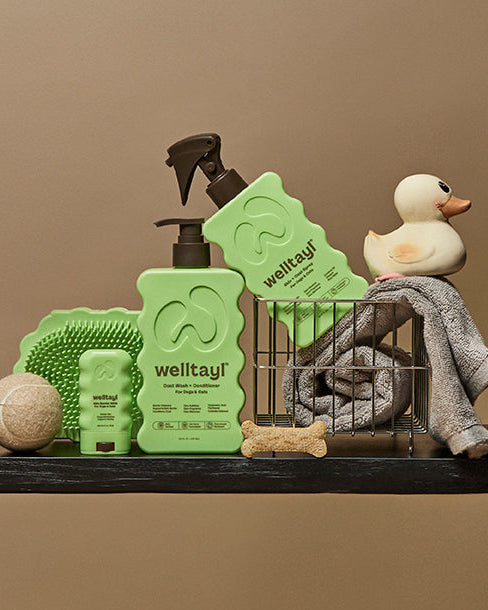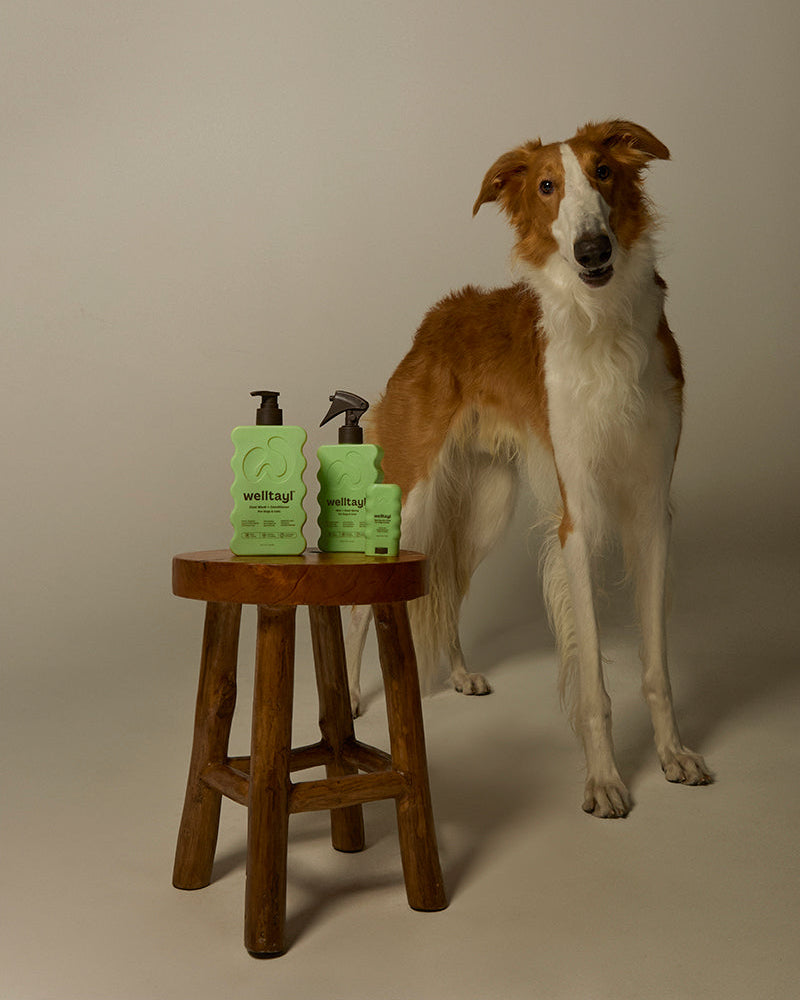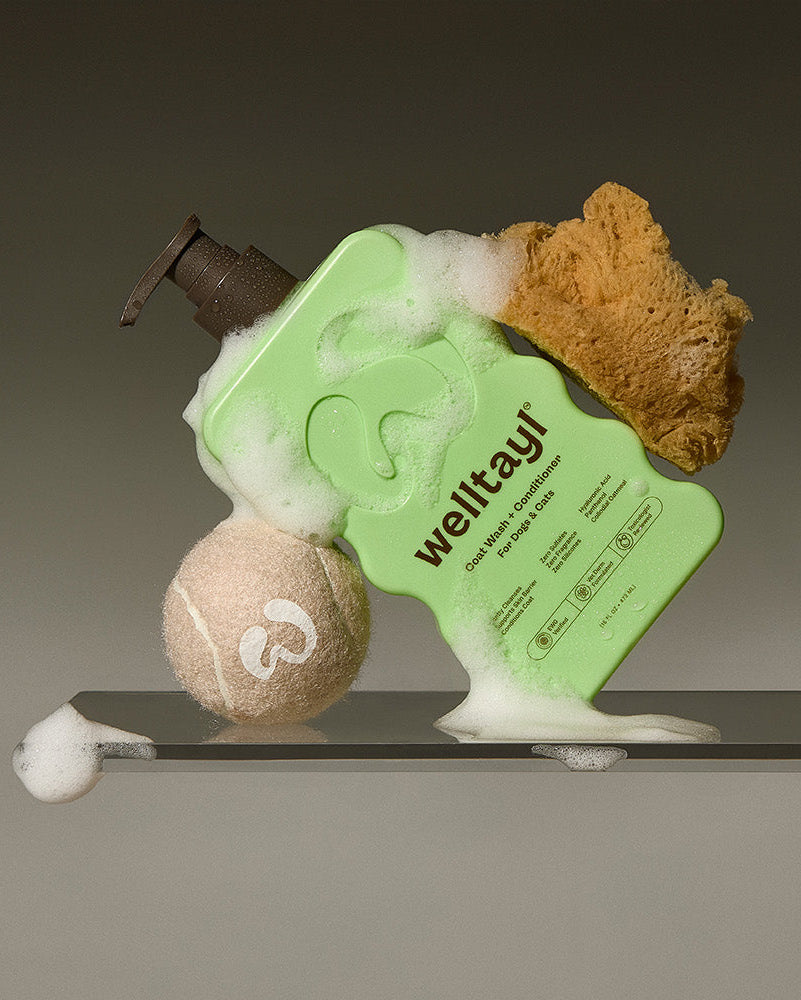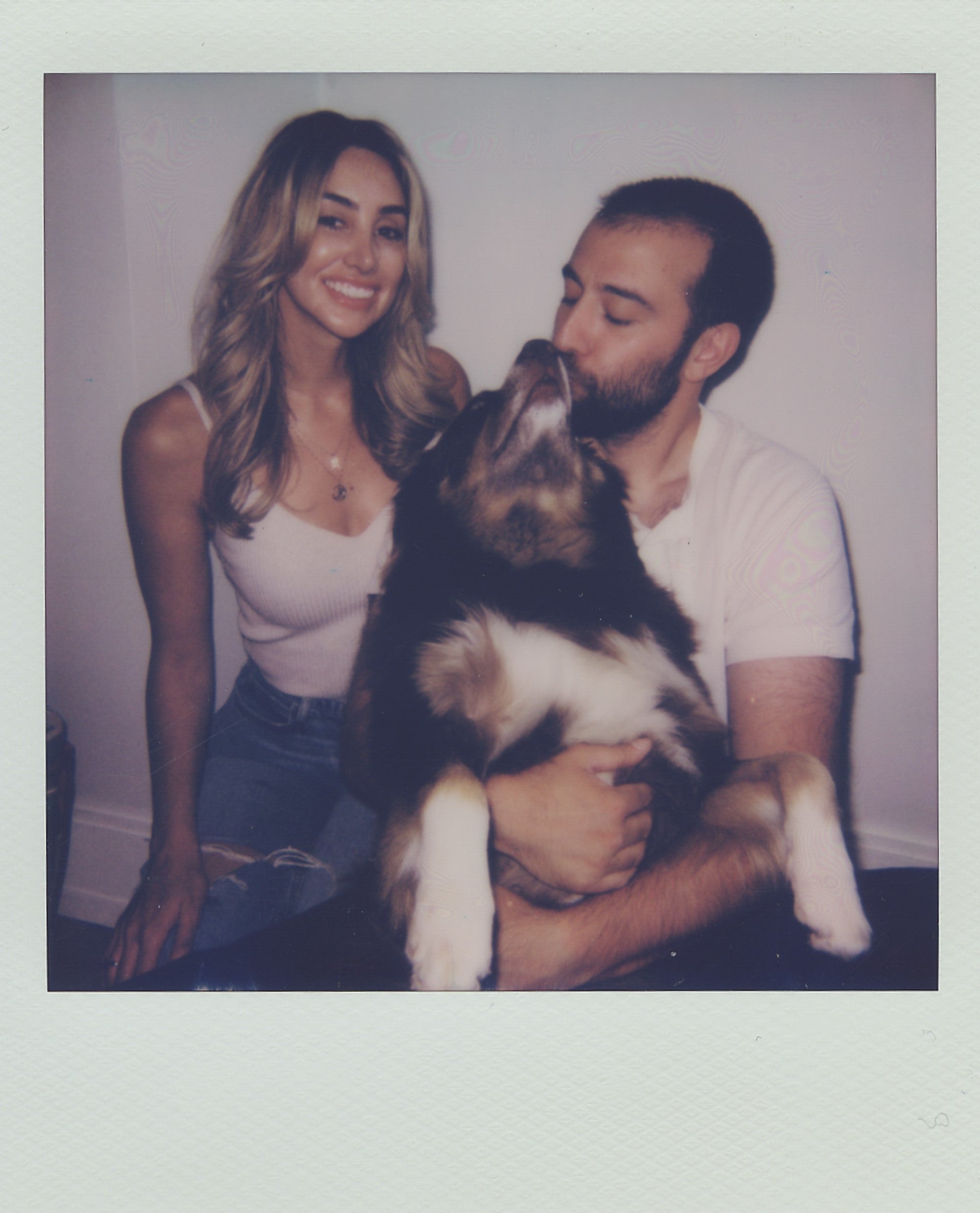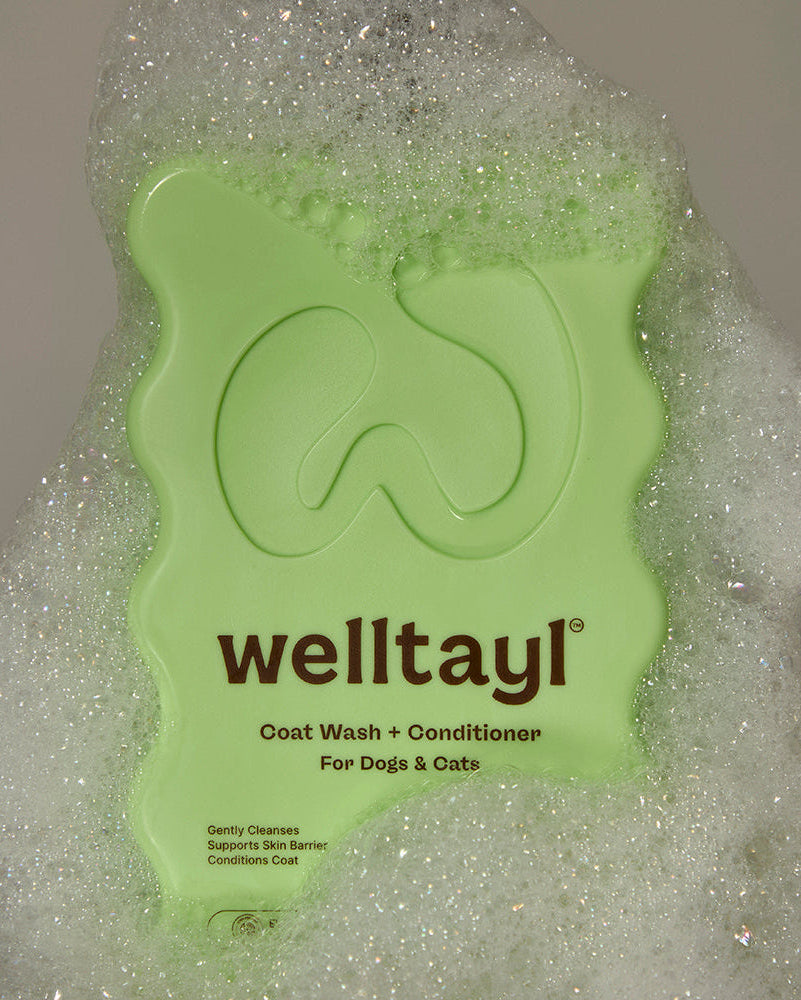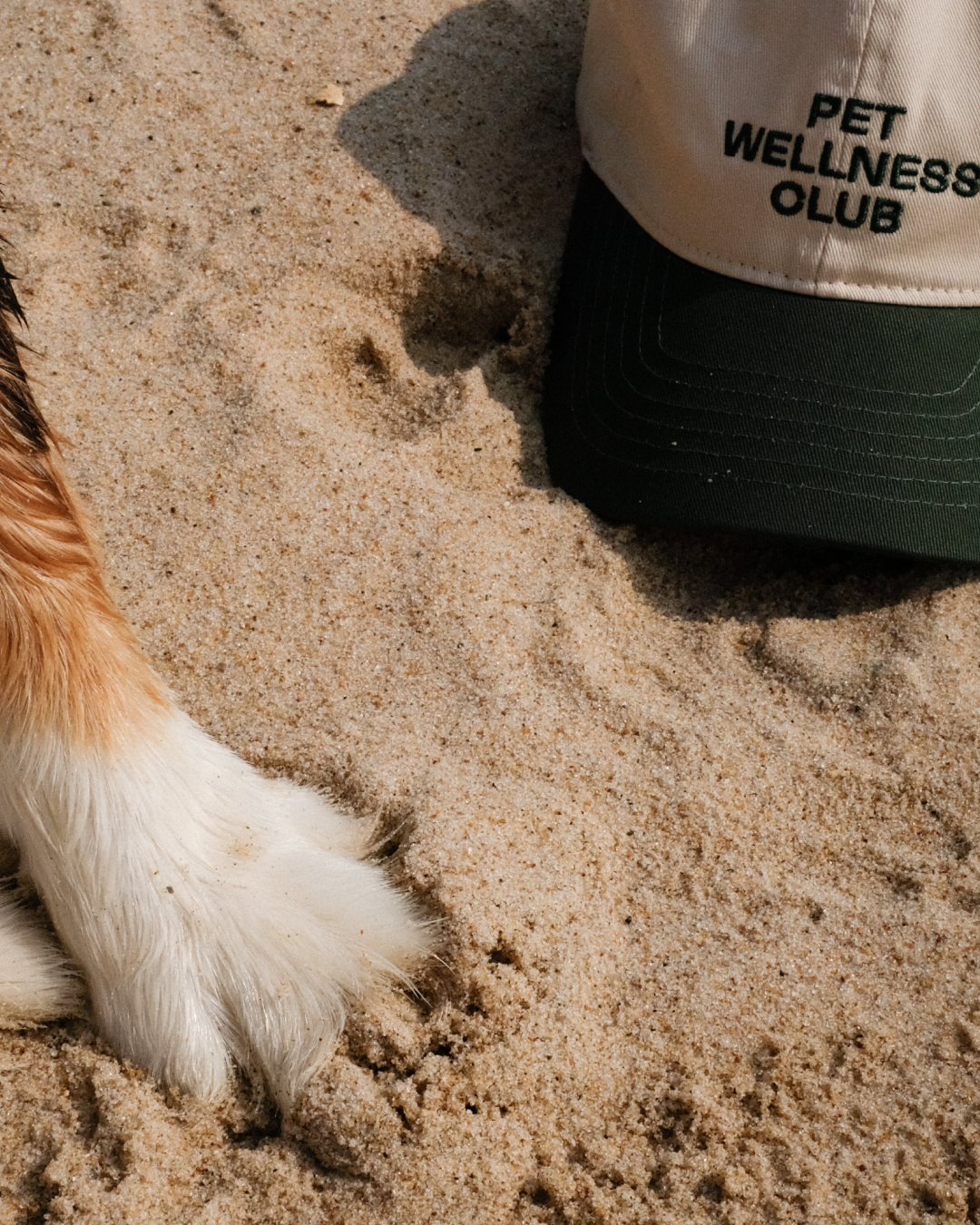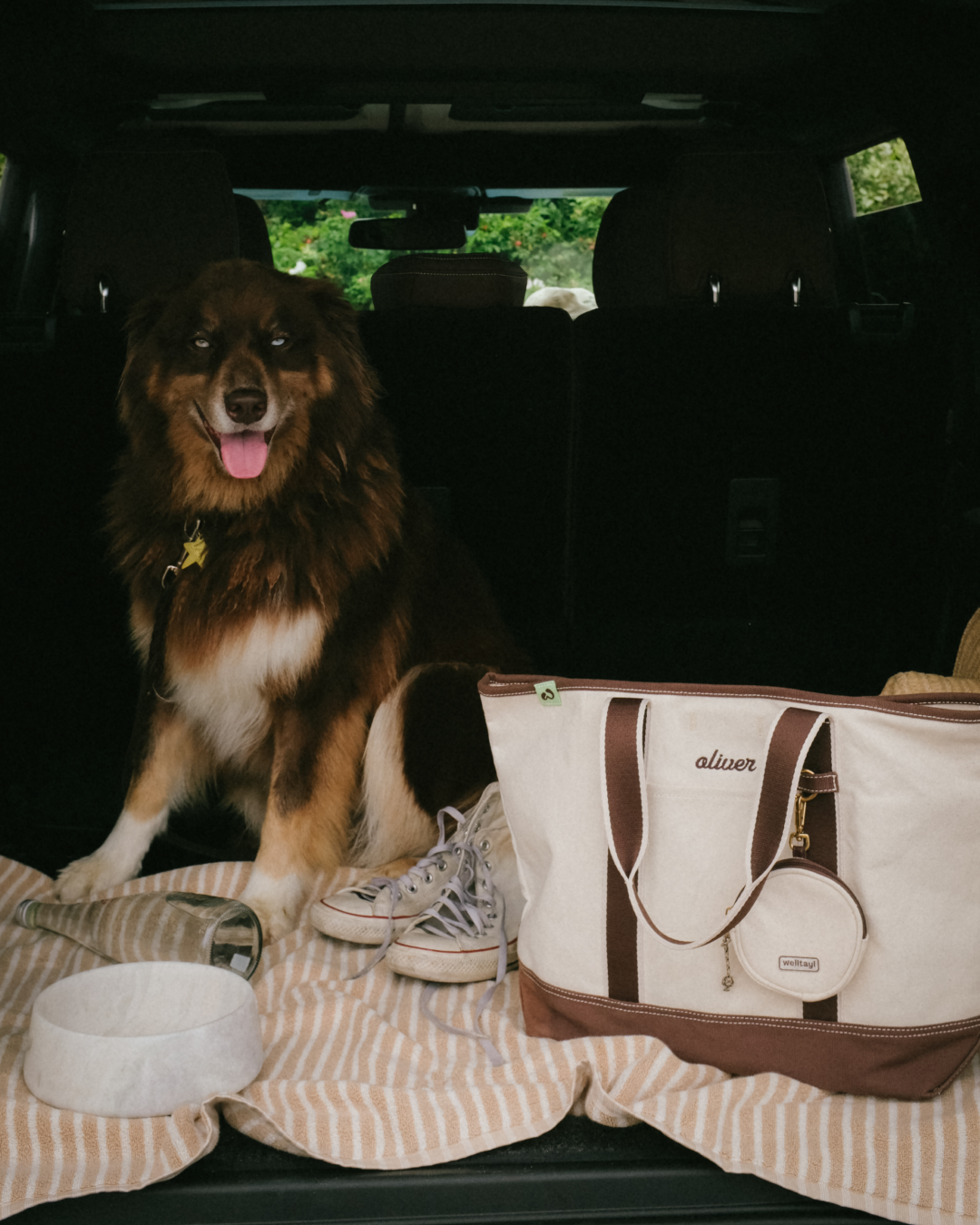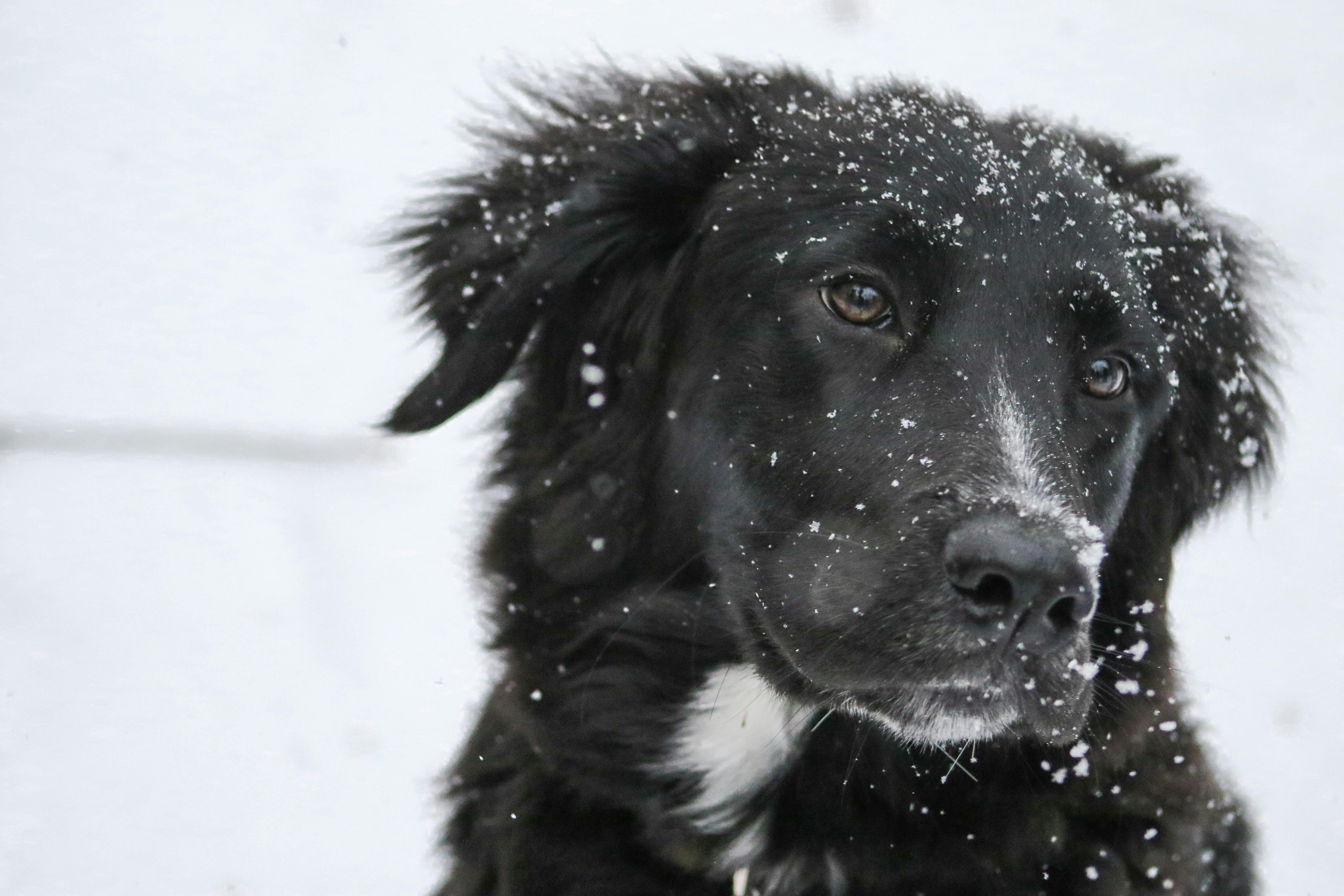Winter can be tough, not just for you, but for your pet too. As temperatures drop, your dog might feel the chill more than you think. If you've ever noticed your dog shivering, curling up close to a heater, or hesitating to step outside, it's a clear sign they need extra warmth and care during the colder months. Learn how to keep your dog warm all winter long.
Table of Contents:
- Key Takeaways
- How Can I Tell If My Dog is Cold?
- Essential Materials and Tools
- Creating a Warm and Comfortable Shelter
- Grooming and Coat Care for Winter
- Preventing and Addressing Hypothermia
- Conclusion
- Frequently Asked Questions
Key Takeaways
-
🥶 Dogs are vulnerable to cold weather. Be sure to recognize signs like shivering, cold ears, tucked tails, or reluctance to go outside.
-
🧤 Provide essential winter gear, such as waterproof coats, booties for paw protection, and heated beds or blankets for extra warmth.
-
🏠 Ensure warm shelter in a draft-free location with insulated bedding. A weatherproof, insulated dog house is essential for primarily outdoor dogs.
-
🪮 Maintain regular grooming to prevent matting, skin irritation, and damp fur, while keeping their coat functional for insulation.
-
❄️ Protect your dog from winter weather by limiting outdoor sessions, and using paw balm, and warm attire when going outdoors; opt for indoor play when conditions are harsh.
-
❗️ Be vigilant in monitoring for hypothermia signs and take proactive measures like offering proper nourishment, warm spaces, and immediate care if needed.
How Can I Tell If My Dog is Cold?
Dogs display clear indicators when they are uncomfortable in colder temperatures.
-
Shivering and Trembling: Dogs often shiver when they feel cold, much like humans. This movement helps their body generate heat.
-
Cold Ears, Paws, or Nose: Touch the ears, paws, or the tip of the nose. If these areas feel extra cold, your dog may be experiencing discomfort.
-
Curling Into a Ball: Cold dogs instinctively curl tightly into a ball, particularly while sleeping or resting, to preserve body heat.
-
Behavioral Changes: Look for whining, anxious behaviors, or refusal to go outside. These are signs of discomfort that can arise in colder conditions.
-
Tucked Tail or Hunched Posture: A tucked tail or a hunched position can be an attempt to retain warmth.
-
Reluctance to Walk: Cold pavement or snow may cause your dog to lift its paws or stop walking altogether.
Pay attention to these signs, especially in those with shorter or thinner coats, and those low to the ground like Chihuahuas or Yorkshire Terriers. If your dog shows any of these signs, move them indoors and provide a blanket for warmth.

Essential Materials and Tools
Keeping your dog warm during cold weather requires preparation by having the right gear. Select materials that provide comfort and insulation.
Dog Coats and Sweaters
Choose water-resistant materials to protect from wet snow. Fleece-lined coats provide added warmth. Look for designs that cover the chest and belly, as these areas are more sensitive to the cold. Reflective strips enhance visibility during evening or early morning walks. Measure your dog's neck girth, chest girth, and back length for accurate sizing. Size up if measurements are between sizes to avoid too tight a fit. Dogs with short fur, such as Chihuahuas and Greyhounds, benefit significantly from wearing coats or sweaters. Avoid garments with dangling cords or small embellishments to prevent chewing and choking hazards.
Paw Protection Gear
Dog booties offer warmth and protection against the snow and ice. They provide full coverage, reducing the risk of frostbite to paws. Regularly trim the fur between your dog's pads to prevent ice balls from getting caught, which can cause discomfort.
Heated Beds and Blankets
Heated beds are effective for senior dogs or those who tend to get cold easily. Choose low-voltage options with auto-shutoff features designed specifically for pet safety. Place blankets on the bed for added coziness. If using standard blankets, ensure they are thick enough to provide insulation.
Creating a Warm and Comfortable Shelter
Providing a warm and comfortable shelter protects your dog from harsh winter conditions. Proper indoor and outdoor arrangements ensure their safety and comfort throughout the season.
6 Indoor Shelter Tips
-
Warm and Dry Sleeping Area: Position your dog's bed in a draft-free location, away from doors and windows. Choose a cozy, insulated bed with thick padding to retain body heat. For extra warmth, layer the bed with soft blankets or throw in an old quilt. This setup ensures a snug sleeping spot even in colder indoor spaces.
-
Floor Protection: Insulate the area under the bed with a rug or mat to prevent the cold from seeping through hard floors. This works particularly well on tiles or uncarpeted floors, which can hold cold longer during the winter.
-
Elevated Kennel: Raise the kennel by several inches to block cold drafts and moisture from seeping in. This elevation keeps your dog drier and warmer during wet conditions.
-
Insulated Dog House: Install foam panels, such as 1”-thick rigid foam, within the dog house walls. Cover interior foam with 1/4”-plywood to prevent chewing. Insulation locks in warmth, making the space comfortable even during freezing temperatures.
-
Weatherproof Additions: Attach a durable door flap to the kennel entrance to block cold wind, providing extra security against harsh outdoor elements.
-
Comfortable Bedding: Use straw bedding or layer thick blankets inside the kennel for added insulation. Old quilts function well as a warming layer. Refresh these materials regularly to maintain hygiene and effectiveness.
Looking for more tips to help you care for your dog all year long? Sign up for the Welltayl newsletter today! Learn about caring for your pet in every season, with exclusive advice, resources, and guides sent straight to your inbox.
Grooming and Coat Care for Winter
Keeping your dog's coat clean and well-maintained during winter helps them stay warm and healthy. Winter conditions often lead to damp fur, matting, and skin issues if grooming is neglected. Regular attention to their coat can prevent discomfort and enhance their natural insulation.
-
Brush Regularly: Combat matting and tangles by brushing your dog's coat at least 2–3 times a week or daily for long-haired breeds. Mats can trap moisture, leading to skin irritation. Using a skin + coat spray can help detangle.
-
Bathe Sparingly: Limit baths to once a month or when necessary to reduce stripping their coat of natural oils. Use warm water and dog-friendly shampoo indoors to avoid the cold.
-
Thorough Drying: Dry your dog completely with a warm towel or dryer on low-heat setting. Wet fur can quickly make them cold.
-
Trim Strategically: Trim hair on their belly, feet, and other areas prone to collecting moisture or snow. Avoid cutting too close to ensure they keep their natural protection from the cold.
-
Moisturize Paws: Apply dog-safe moisturizer if their paws become dry or cracked from snow or salt. This reduces irritation and increases comfort.
If your dog has severely matted fur, professional grooming assistance may be necessary. Brush long hair regularly to prevent the need for shaving. By maintaining their grooming routine in the winter, you ensure their coat functions effectively to keep them warm and comfortable.

Preventing and Addressing Hypothermia
Recognize the signs of hypothermia early. These include shivering, lethargy, pale gums, and a drop in body temperature below 99°F.
Limit exposure to extreme cold. Keep outdoor sessions brief, especially during freezing temperatures or when wind chills are low. Small dogs, short-haired breeds, and elderly dogs are more susceptible to hypothermia.
Ensure the use of proper layers to protect from the cold. Use warm dog sweaters or jackets to provide insulation, especially for breeds with thin fur. Make sure clothing fits snugly but doesn’t restrict movement.
Create a secured, warm shelter. For outdoor dogs, insulate their kennel and elevate it from the ground. Indoors, provide draft-free sleeping areas with thick bedding like blankets or pet-safe heated pads to maintain body warmth.
Provide proper nourishment. Foods rich in protein and fats can help boost your dog's energy levels during winter. Ensure fresh, unfrozen water access at all times to avoid dehydration.
Take action if hypothermia occurs. If your dog shows signs of hypothermia, immediately move them to a warm space. Use blankets or heating pads to gradually increase their body temperature, and contact a veterinarian for further assistance.
Conclusion
Keeping your dog warm in winter is essential for their health and happiness. By staying attentive to their needs and making thoughtful adjustments to their environment, you can ensure they remain cozy and protected during the colder months. Whether it’s providing proper clothing, maintaining a warm shelter, or monitoring for hypothermia, every effort counts in keeping your pet comfortable. Remember, a little extra care goes a long way in helping your dog thrive all winter long.
Stay Updated with More Pet Knowledge!
For more dog info and knowledge, consider signing up for the Welltayl newsletter. It's packed with helpful advice tailored for dog owners like you, ensuring your pets stay healthy and happy. Sign up today and keep up to date with the latest in pet care.
Frequently Asked Questions
What temperature is too cold for dogs?
Generally, temperatures below 45°F can make some dogs uncomfortable. When it drops below 32°F, small breeds, dogs with thin coats, seniors, and puppies need close monitoring. Temperatures below 20°F are dangerous for all dogs, risking hypothermia and frostbite.
How can I tell if my dog is feeling cold?
Common signs of a cold dog include shivering, whining, curling into a ball, seeking warmth, and reluctance to go outside. Additionally, cold ears, paws, or nose, along with a tucked tail can indicate discomfort from the cold.
How do I keep my dog warm in a cold house?
Provide a warm dog bed away from drafts with plenty of blankets.
How can I protect my dog’s paws from the cold?
Protect paws using dog booties or paw balms to prevent ice, salt, or chemical irritations. Trim fur between paw pads to avoid ice buildup, and rinse your dog’s paws after walks to remove harmful substances.
At what temperature is it unsafe for dogs to be outside?
Dogs with thin coats, small breeds, and elderly dogs may feel uncomfortable in temperatures below 32°F. For most dogs, prolonged exposure below 20°F increases risk of frostbite and hypothermia. Monitor your dog closely for signs of distress.
How often should I groom my dog during winter?
Regular brushing is crucial to prevent matting, which can reduce natural insulation and cause skin irritation. Limit baths to preserve skin oils, dry your dog thoroughly after bathing, and moisturize their paws to prevent dryness or irritation from cold weather.
Resources:
Read more
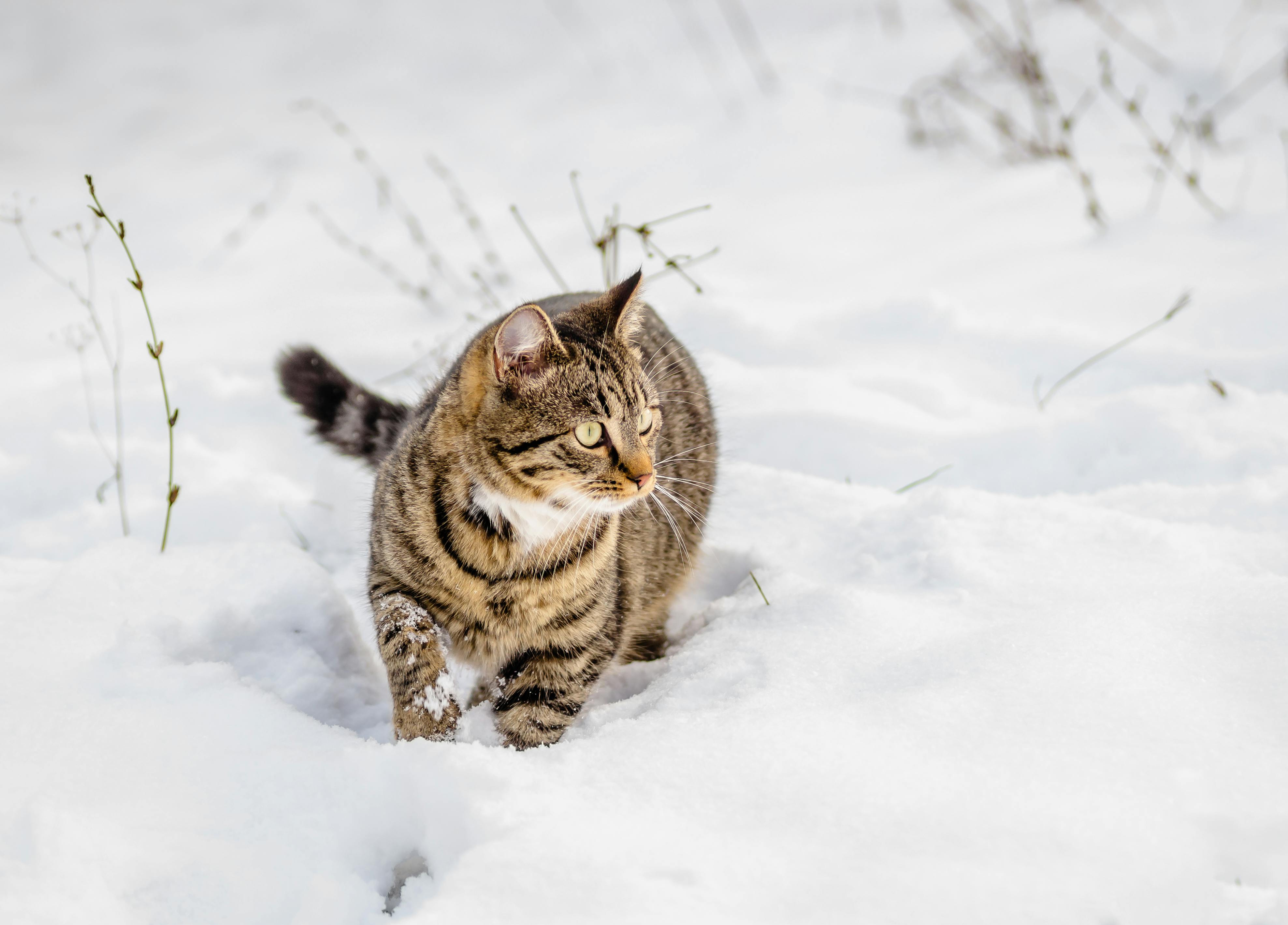
Discover essential tips to keep your cat warm this winter! Learn how to create cozy spaces, and prevent hypothermia. Keep your feline friend healthy in the winter!

Learn why cats shed in winter and how to manage it. Explore grooming tips, diets, and stress-free solutions to keep your cat’s coat healthy all winter long.


